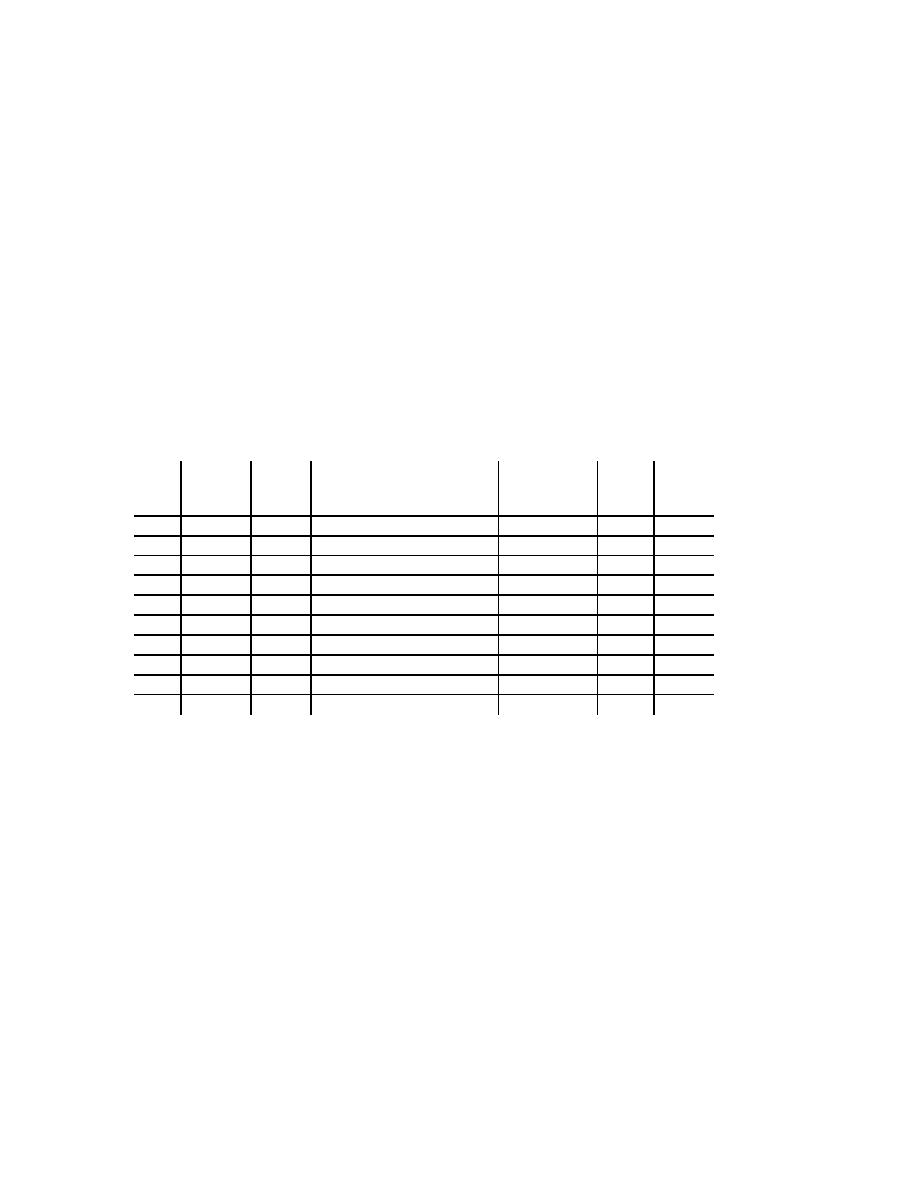
This approach could have excluded some salt that was not fully dissolved. Although the
sorber technique gives a reliable estimate of the material that the sorbers collected, it is
difficult to relate that salt concentration to surface-area of road, because we do not know
the area that is represented by the sample. Based on the results of this trial and some
encouraging results obtained by others using a technique that recovers a sample by
vacuum (Fig. 13.9) we are now pursuing that alternate approach. We will adapt the
technique to obtain an accurate measure of the solution temperature as well when it is
being retrieved. We expect this method of sampling to have a number of advantages
including the ability to collect samples containing slush and undissolved chemical solids.
With proper design we feel that inexpensive tubing and traps will allow us to take
multiple samples rapidly in the field and then clean all equipment for future reuse. We
will also, by use of a template, be able to determine effective concentrations over an area
when samples are obviously non-uniform.
Table 13.4. Results of chemical concentration sampling.
Cl -
Cl
Salt
Sampling
Time
Location
Sample
Concentration
(%)
(%)
Date
(ppm)
1
1/26/2004
1500
US30 E mile 146 shoulder
20,951
2.10
3.45
2
1/26/2004
1504
US30 East mile 147
20,667
2.07
3.41
3
1/26/2004
1514
US30 SW corner S 80th Ave
38,286
3.83
6.31
4
2/6/2004
1002
US30 East mile 144
15,704
1.57
2.59
5
2/6/2004
1010
US30 East mile 146
19,746
1.97
3.25
6
2/6/2004
1027
I35 North mile 114.5
17,938
1.79
2.96
7
2/6/2004
1033
I35 North mile 119
26,942
2.69
4.44
8
2/6/2004
1050
I35 South mile 128
N/A
N/A
N/A
9
2/6/2004
1052
I35 South mile 128
16,910
1.69
2.79
10
2/6/2004
1104
I35 South mile 121
14,535
1.45
2.40
152



 Previous Page
Previous Page
